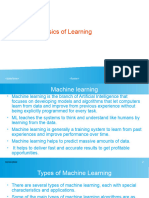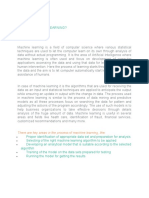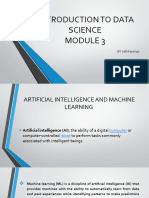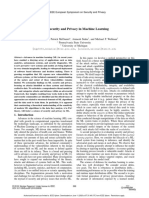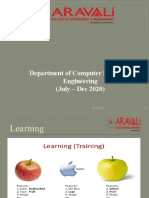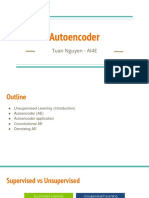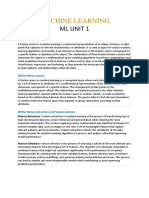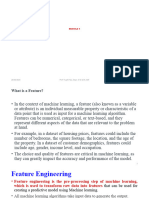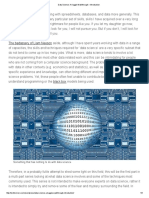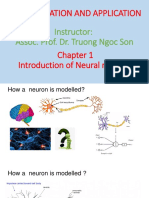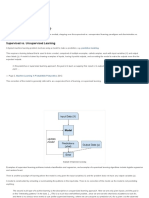0% found this document useful (0 votes)
10 views17 pagesBig Data Analytics Unit 4
The document discusses various machine learning (ML) techniques essential for big data analytics, including supervised, unsupervised, and reinforcement learning, along with deep learning methods. It highlights the importance of data preparation, model training, and evaluation in creating effective predictive models, as well as the applications of ML in fields such as finance, healthcare, and natural language processing. Additionally, it covers the significance of summary statistics and visualizations in data exploration to uncover patterns and insights.
Uploaded by
Sanjay sainiCopyright
© © All Rights Reserved
We take content rights seriously. If you suspect this is your content, claim it here.
Available Formats
Download as PDF, TXT or read online on Scribd
0% found this document useful (0 votes)
10 views17 pagesBig Data Analytics Unit 4
The document discusses various machine learning (ML) techniques essential for big data analytics, including supervised, unsupervised, and reinforcement learning, along with deep learning methods. It highlights the importance of data preparation, model training, and evaluation in creating effective predictive models, as well as the applications of ML in fields such as finance, healthcare, and natural language processing. Additionally, it covers the significance of summary statistics and visualizations in data exploration to uncover patterns and insights.
Uploaded by
Sanjay sainiCopyright
© © All Rights Reserved
We take content rights seriously. If you suspect this is your content, claim it here.
Available Formats
Download as PDF, TXT or read online on Scribd
/ 17



